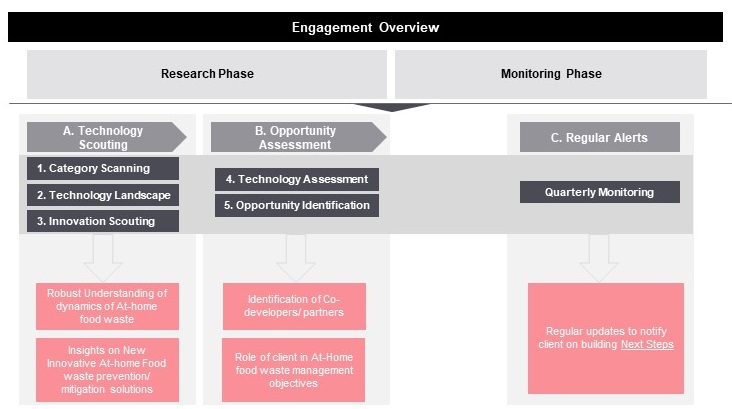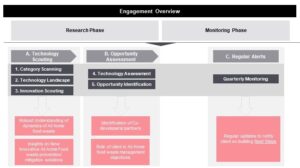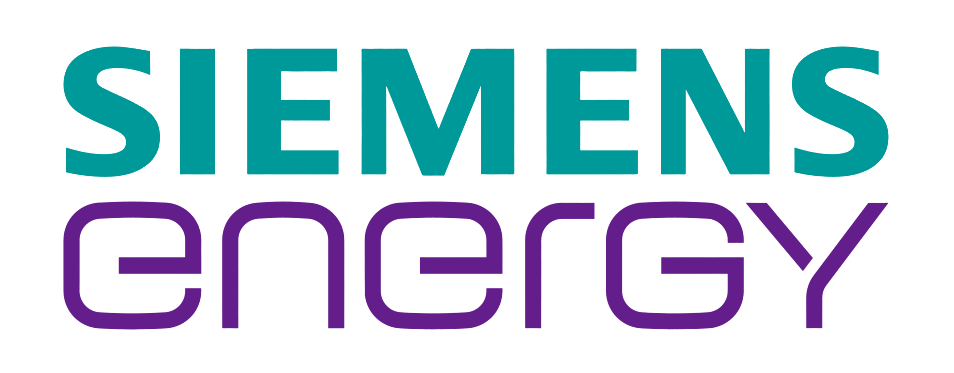Strategic Foresight Assessment for At-Home Food Waste Management
Quick Overview
A prominent FMCG company aimed to develop innovative offerings for preventing or reducing at-home food waste. The objective was to outline the dimensions of ideal solutions, with a focus on technologies and concepts that align with smart home ideas. The company’s primary goals included exploring technologies and solutions targeting at-home food waste prevention or reduction, understanding different categories of at-home food waste, and identifying potential partners, collaborators, or suppliers to expedite the development of such products or services.
Client Success Details
Our comprehensive analysis involved a blend of automation tools and human intelligence, including web-based reviews, patent literature studies, scientific literature assessments, and executive discussions. The study addressed several key business goals:
 The quest for sustainability has driven the necessity for innovative solutions in food waste management, with a special focus on residential contexts where food waste is often overlooked The quest for sustainability has driven the necessity for innovative solutions in food waste management, with a special focus on residential contexts where food waste is often overlooked |
|
- Our three-phase approach was meticulously implemented:
- Scanning Phase:
- Innovations, trends, and readiness levels of novel solutions were scanned.
- Feasibility of adopting innovative technologies and solutions was evaluated.
- New market entrants and target markets for innovators were identified.
- Opportunity clusters were prioritized.
- Assessment Phase:
- Innovative solutions were benchmarked and shortlisted based on various criteria like Technology Readiness Level (TRL), entity type, ease of use, etc.
- Analysis of potential technologies, ingredients, and products was conducted.
- Identification Phase:
- Opportunity clusters within relevant focus areas were identified.
- Clusters creating opportunities for the client’s business were defined.
- The most suitable clusters were shortlisted for further analysis.
- Scanning Phase:


Benefits to the Client:
- Understanding of various types of at-home food waste based on occasions, demographics, etc.
- Identification of waste categories eligible for food waste prevention.
- Recognition of innovative technologies and solutions for at-home food waste prevention.
- Identification of potential collaborators with novel concepts.
- The findings have been instrumental for the product development team in creating products based on feasible technologies.
Seeking breakthrough solutions in at-home food waste prevention? Engage with us to uncover the rich insights from our extensive case study




































